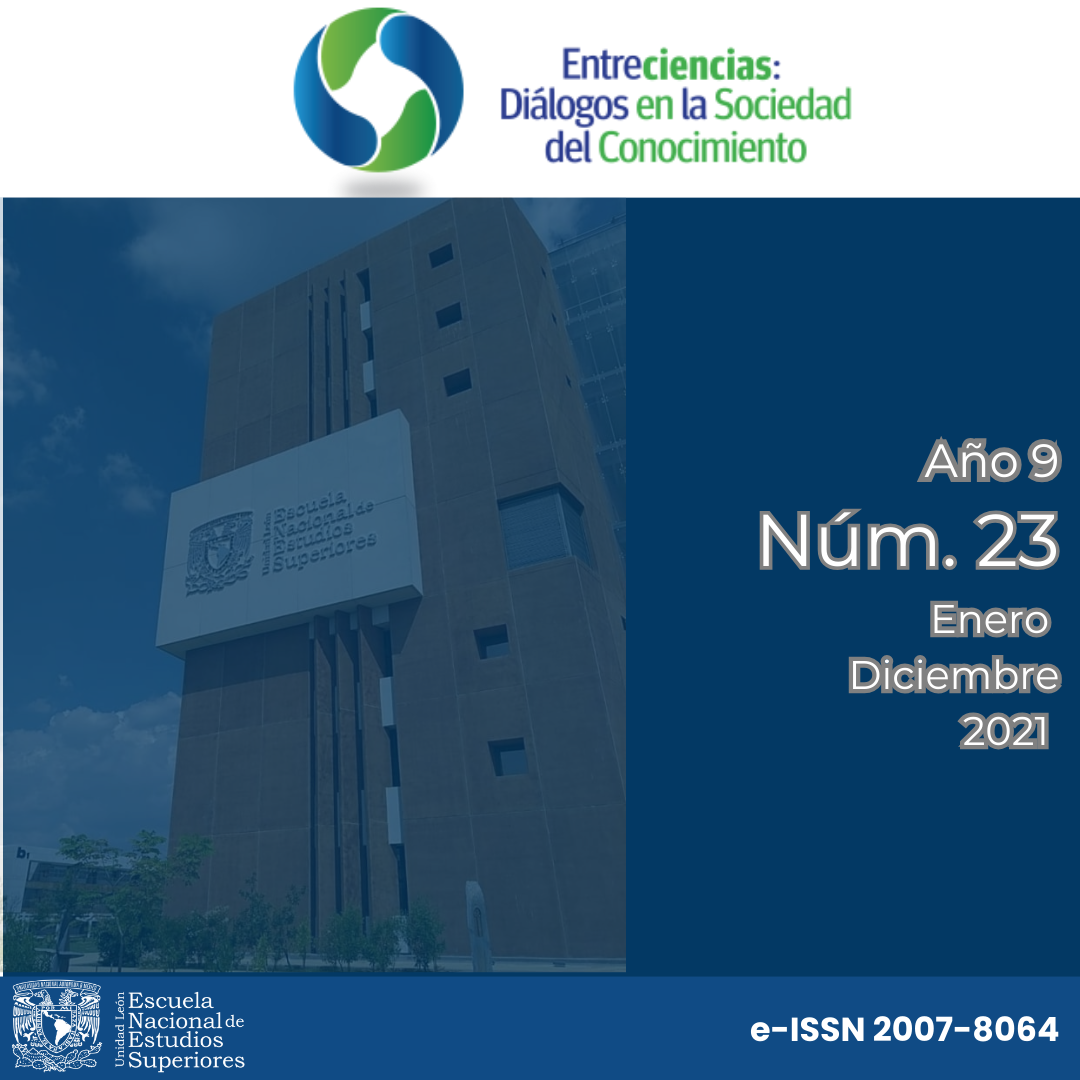Physical dormancy, morphoanatomy and proximal analysis of the Enterolobium cyclocarpum (Jacq.) Griseb seed
Main Article Content
Abstract
Purpose: To analyze the anatomy and composition of the seed coat in Enterolobium cyclocarpum (Jacq.) Griseb seeds through images obtained in a scanning electron microscope (SEM) and to conduct germination tests as well as a proximal analysis.
Methodological design: Samples of the E. cyclocarpum seed coat from two different provenances and years of harvest (1983 and 2019) were observed in an electronic microscope along with 12 other legume species. Scarification treatments for a germination test and a proximal analysis were conducted for E. cyclocarpum seeds collected in 2019.
Results: The number of cell layers present in all of the species ranges from four to eight. The statistical analysis of germination was significant (p <0.0001) among the treatments; the one with the highest germination was sanding. The presence of a high percentage of lignin (L), neutral detergent fiber (NDF), acid detergent fiber (FDA), and nitrogen-free extract (ELN) in the seed coat was found.
Research limitations: To obtain a seed coat sample, it is necessary to consider the location on the seed from which it is taken since the thickness of the seed coat can vary.
Findings: The cell layers present in the seed coat are cuticle, macrosclereids, osteosclereids, and parenchyma (spongy, palisade, compact); It was observed that E. cyclocarpum has seven and eight layers while in the rest of the species four to eight. The presence of cell layers and lignin in the seed coat of E. cyclocarpum determines its physical dormancy.
Downloads
Article Details

Entreciencias: Diálogos en la Sociedad del Conocimiento recognizes and respects the moral rights of authors as well as ownership rights transferred in non-exclusivity to the journal for its open access dissemination and its preservation. Hence, authors who publish in this journal accept the following conditions:
- Entreciencias: Diálogos en la Sociedad del Conocimiento from Universidad Nacional Autónoma de México is distributed under a Licencia Creative Commons Atribución-NoComercial-SinDerivar 4.0 Internacional, which allows the information and metadata to be used without commercial ends as long as proper citation is utilized.
Authors will have the right to non-exclusively distribute the contribution made to Entreciencias: Diálogos en la Sociedad del Conocimiento. That is, they will be able to include it in an institutional repository or disseminate it in other digital or printed media as long as it is explicitly stated that it was first published in Entreciencias: Diálogos en la Sociedad del Conocimiento. The following information must additionally be included: author, year, volume, page numbers, electronic paging, and DOI.
Authors, whose publications have been accepted, will have to send the Letter of Copyright Transfer in the corresponding format, filled out and signed by the author or authors.
